Wiener Akademie Kammerchor, Martin Haselböck - Liszt: The Sound of Weimar 1-5 - Symphonic Poems (Complete Edition) (2013)
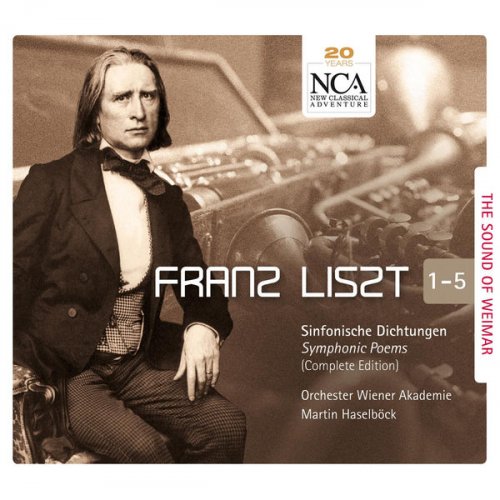
Artist: Wiener Akademie Kammerchor, Martin Haselböck
Title: Liszt: The Sound of Weimar 1-5 - Symphonic Poems (Complete Edition)
Year Of Release: 2013
Label: New Classical Adventure
Genre: Classical
Quality: flac lossless (tracks)
Total Time: 05:16:00
Total Size: 1.33 gb
WebSite: Album Preview
TracklistTitle: Liszt: The Sound of Weimar 1-5 - Symphonic Poems (Complete Edition)
Year Of Release: 2013
Label: New Classical Adventure
Genre: Classical
Quality: flac lossless (tracks)
Total Time: 05:16:00
Total Size: 1.33 gb
WebSite: Album Preview
CD1
01. Eine Symphonie zu Dantes Divina Commedia, S109/R426, Dante Symphony: I. Inferno
02. Eine Symphonie zu Dantes Divina Commedia, S109/R426, Dante Symphony: II. Purgatorio -
03. Eine Symphonie zu Dantes Divina Commedia, S109/R426, Dante Symphony: II. Magnificat
04. A la Chapelle Sixtine (Miserere d'Allegri et Ave verum corpus de Mozart), S360/R445
CD2
01. Les préludes, S. 97: Les Preludes, S97/R414
02. Orpheus, S98/R415
03. Ce qu'on entend sur la montagne (What is Heard on the Mountain), S95/R412
CD3
01. Hunnenschlacht, S105/R422
02. Hungaria, S103/R420
03. Mazeppa, S100/R417
CD4
01. Tasso: lamento e trionfo, S96/R413
02. 3 Odes funebres, S112/R429: No. 3. Le triomphe funebre du Tasse
03. Heroide Funebre, S102/R419
04. Die Ideale, S106/R423
CD5
01. Prometheus, S99/R416
02. Festklange, S101/R418
03. Hamlet, S104/R421
04. Von der Wiege bis zum Grabe, S107/R424: I. Die Wiege
05. Von der Wiege bis zum Grabe, S107/R424: II. Der Kampf ums Dasein
06. Von der Wiege bis zum Grabe, S107/R424: III. Zum Grabe, die Wiege des zukunftigen Lebens
Originally released in installments as five separate CDs, Franz Liszt: The Sound of Weimar collects all of the symphonic poems and some of Liszt's other major orchestral works, as performed by Martin Haselböck and the original instruments ensemble, the Orchester Wiener Akademie. The 13 symphonic poems were composed between 1848 and 1858, and they include such favorites as Les Préludes, Mazeppa, Hamlet, Prometheus, and Tasso. These works, as well as the Dante Symphony and the Evocation à la Chapelle Sixtine, are played with the instrumentation Liszt required when he conducted his music in Weimar; they are performed with the exciting tone colors and innovative techniques that made these pieces so influential. The small orchestra consists of nearly 40 musicians, and they produce music that is lean in texture and surprisingly light in effect, especially when compared to most modern recordings. In Liszt's time, these works were regarded as avant-garde because of his fresh approach to handling the orchestra, particularly in the exposed writing and unusual combinations of instruments. The resulting chamber-like transparency is quite different from the thicker, homogenous sectional orchestration by more conservative composers of the day. Due to his scholarship and expertise in playing Liszt's organ music, Haselböck is authoritative in his direction, and his research reinforces the authenticity of the performances. The recordings have an extraordinarily wide dynamic range and focused microphone placement, so the quality is close to audiophile standards.
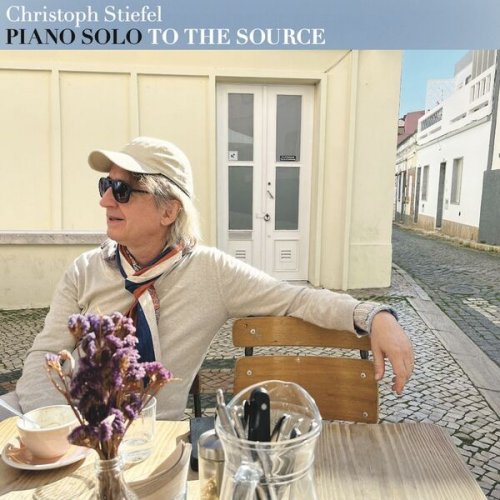
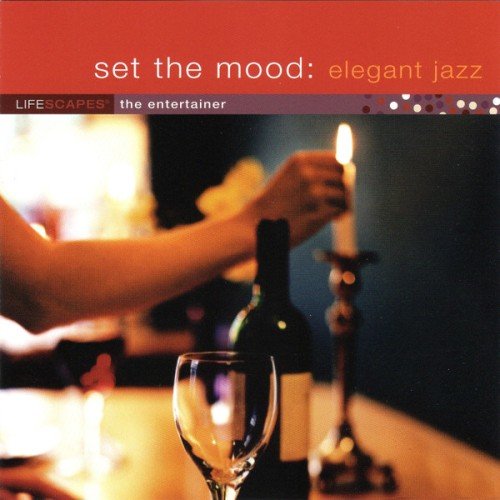

![Milton Man Gogh - Fully Stretched (2025) [Hi-Res] Milton Man Gogh - Fully Stretched (2025) [Hi-Res]](https://www.dibpic.com/uploads/posts/2025-12/1766080588_cover.jpg)
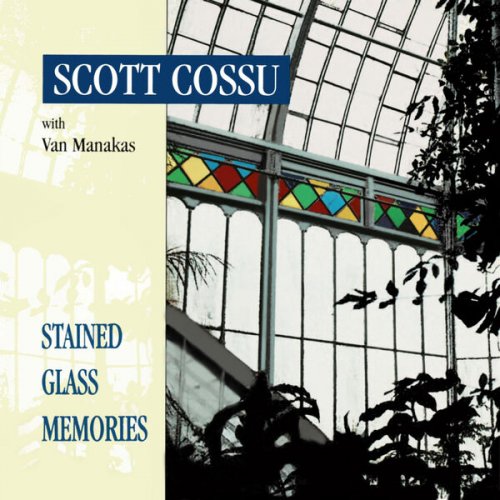
![Cornelius Claudio Kreusch - Scoop (2025) [Hi-Res] Cornelius Claudio Kreusch - Scoop (2025) [Hi-Res]](https://www.dibpic.com/uploads/posts/2025-12/1765893706_folder.jpg)
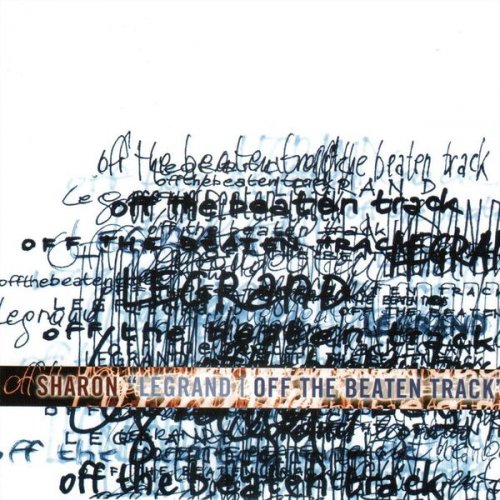

![Dave Bainbridge - ON THE EDGE (OF WHAT COULD BE) (2025) [Hi-Res] Dave Bainbridge - ON THE EDGE (OF WHAT COULD BE) (2025) [Hi-Res]](https://img.israbox.com/img/2025-12/18/7l4en830rpyaxdtr7izc3qrx6.jpg)